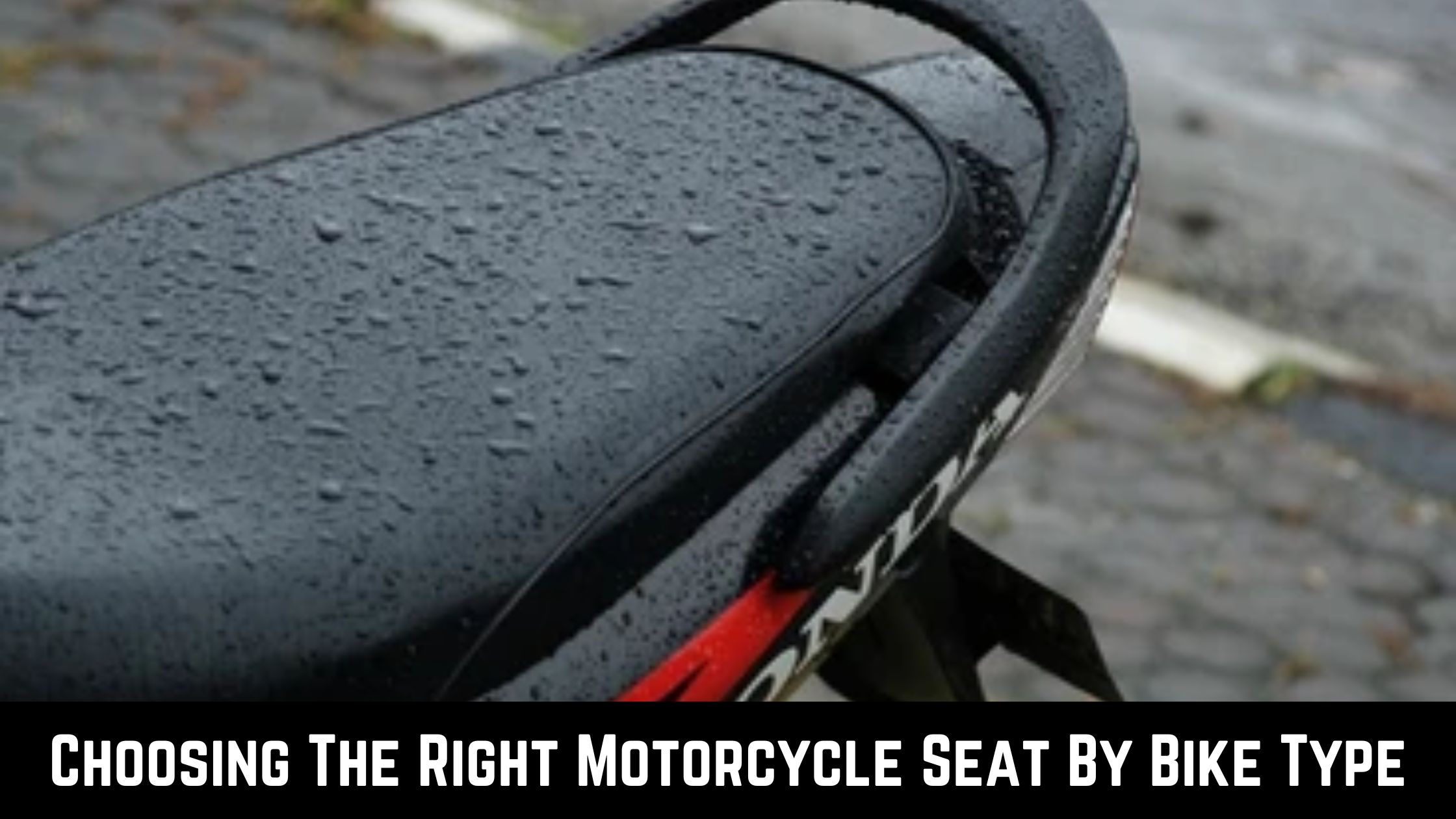
Vehicles that combine an electric propulsion system with a traditional internal combustion engine (ICE) system are known as hybrid electric vehicles or HEVs. The purpose of an electric drivetrain is to outperform a conventional car in terms of performance or fuel economy. This post will define hybrid electric cars, describe how they operate, and discuss the advantages and disadvantages of these vehicles.
What Are Electric Vehicles That Are Hybrids?
An ICE and an electric motor are the two power sources of a hybrid electric car. A battery pack runs the electric motor, but the internal combustion engine (ICE) can run on petrol, diesel, or other fuels. The ICE, regenerative braking, or an external power source can all be used to charge the battery pack.
Depending on how the two power sources are employed and how much they improve the vehicle’s performance, hybrid electric vehicles come in a variety of forms. Among the prevalent kinds are:
1. Series Hybrid
In this type, the electric motor that moves the wheels is powered by the battery pack, which is charged only by the internal combustion engine. ICE does not directly drive the wheels. Although this kind of hybrid is very fuel-efficient, it is also costly and heavy.
2. Parallel Hybrid
This kind of allows the electric motor and internal combustion engine to operate separately or in tandem to move the wheels. When necessary, the ICE may also charge the battery pack. Compared to a series hybrid, this hybrid is less expensive and heavier, but it uses less petrol.
3. Series-Parallel Hybrid
In this form, the electric motor and the internal combustion engine can drive the wheels separately or in tandem. However, there’s also an additional power splitter that lets the internal combustion engine produce electricity for the electric bike motor or the battery pack. This kind of hybrid has excellent performance and fuel economy, but it is also quite expensive and complex.
4. Plug-In Hybrid
This kind of battery pack can be charged by plugging in an external power source in addition to using ICE or regenerative braking. As a result, the car may operate on electricity for more extended periods and use less petrol. Nevertheless, compared to a traditional hybrid, this kind of hybrid is both more expensive and heavier.
How Do Electric Hybrid Vehicles Operate?
Utilizing the ICE and electric motor as efficiently as possible to achieve the required performance and fuel efficiency is the fundamental operating principle of a hybrid electric vehicle. The car’s control system chooses when and how much power to use from each power source based on road conditions and the driver’s input.
For instance, a vehicle may solely use its electric powertrain to save fuel and cut pollution when stopping or accelerating slowly. To increase power and torque when cruising at high speeds or climbing hills, electric motorcycles or cars may employ both an internal combustion engine and an electric motor. Regenerative braking is a technique used by the vehicle to conserve part of the kinetic energy used during braking or deceleration in the battery pack for later use.
Additionally, the control system determines whether to charge the battery pack with an external power source or the ICE based on its monitoring of the battery pack’s state of charge. To increase fuel economy and lower emissions, the control system may additionally employ other techniques like variable valve timing, cylinder deactivation, idle stop-start, etc.
Electric Hybrid Vehicles: Advantages and Disadvantages
Advantages of Electric Hybrid Vehicles
The following are the key advantages of hybrid electric vehicles:
- Greater Fuel Economy: By using less petrol when driving and recovering some of the energy that would otherwise be lost as heat or friction, hybrid electric vehicles can outperform conventional automobiles in terms of fuel economy.
- Reduced Emissions: By using less fuel and operating exclusively in electric mode when feasible, hybrid electric vehicles can cut down on air pollution and greenhouse gas emissions.
- Improved Performance: By combining the two power sources or using just the electric motor when necessary, hybrid electric scooters or other EV’S can outperform traditional vehicles in terms of acceleration, torque, and handling.
Disadvantages of Electric Hybrid Vehicles
The following are hybrid electric vehicles’ primary drawbacks:
- Greater Initial Cost: Because of their more significant battery pack and intricate powertrain components, hybrid electric vehicles are more expensive to buy than regular cars.
- Greater Weight: Because hybrid electric cars have a bigger battery pack and more motor components than regular cars, they weigh more than conventional vehicles. This could impair how well they handle and brake.
- Reduced Range: Because of their smaller batteries, hybrid electric cars have a shorter range than regular cars. This might make them less useful for lengthy travels or in places with a lack of charging infrastructure.
Also know, Types Of Batteries Used in Electric Bikes
CONCLUSION
In India, a variety of types and models of hybrid electric vehicles are available to accommodate varying client preferences and market niches. Purchasing a hybrid electric vehicle can be a good option if you want to save money on gas, lessen your influence on the environment, and have a smooth and comfortable driving experience.



